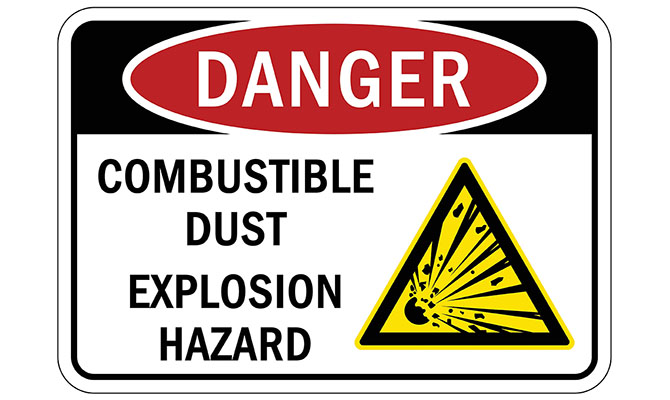Combustible material in a finely divided dust form can burn rapidly and even become explosible. The numerous variables that can cause the dust to combust makes this a more challenging hazard to protect against in certain environments. This course covers the fundamentals of combustible dust hazards, strategies to mitigate this risk, and a look at the NFPA standards addressing this hazard with the soon to be published, NFPA 660 ‘Standard for Combustible Dusts’. The presenter will discuss the elements that can create a deflagration hazard such as dust particle material, particle size, atmospheric concentration and conditions, electricity, chemistry, architecture, and interior design. An overview of how to perform a dust hazard analysis, considering an additive manufacturing environment, will also be provided.
Learning Objectives:
• Understand what is combustible dust, where is it created, and how historical deflagrations have formed.
• Learn some of the mechanisms to mitigate dust collection and deflagration in NFPA 484, 652, and 654 (soon to be combined into NFPA 660).
• Describe dust hazard analysis and potential industry challenges that will need to be addressed in the future.
Click Here to Register Online
Format: Instant Access Recorded Webinar
CEUs: Based on 1 contact hour of training (see CEUs tab for details)


